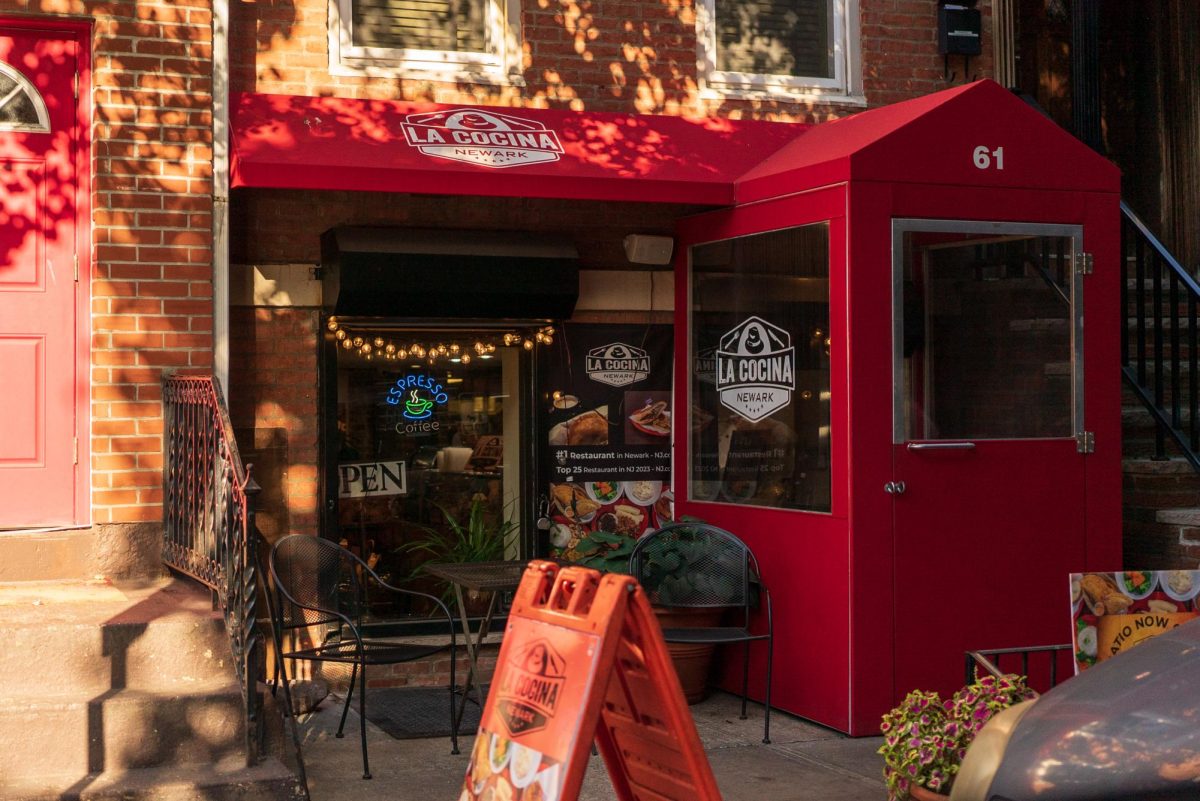By Collin Urban
Recently, NJIT was forced to shut off several water fountains and other fixtures in the wake of New Jersey Department of Environmental Protection (NJDEP) announcing that tests for lead returned levels higher than the US Environmental Protection Agency’s “action level”. The US EPA’s action level is 15 micrograms per liter, equivalent to 15 parts per billion (ppb), of lead. It’s important to note that the action level is not the same as a dangerous level, but merely requires corrective actions on the part of NJIT. As of this time, testing has been done in 16 buildings at NJIT. All residence hall tests were below 15 ppb, but several other buildings tested far above the action level limit. Additional tests conducted on April 7 revealed the shocking reality of the situation that NJIT faces; many of the older buildings have lead levels that are far above the EPA action level, with the highest test result being the Campus Center first floor hand wash sink, at 1250 ppb, over 80 times the EPA action level. Greek Residence Halls 1, 2, 3, and 5 also tested for elevated lead levels. As a result, these fixtures were shut down.
According to the Center for Disease Control, exposure to elevated lead levels in drinking water alone is unlikely to cause lead poisoning. Additionally, using contaminated water to bathe or wash hands is not dangerous, as human skin does not absorb lead in water. With that said, some of the symptoms of lead poisoning are as follows; chronic headaches, abdominal pain, loss of memory, weakness, tingling in the extremities, insomnia, anemia, inability to concentrate, blurred vision, and a blue line along the gums with bluish-black edging near the teeth, better known as a Burton Line. Lead poisoning is both treatable and reversible, and any students who believe they are experiencing the symptoms of lead poisoning are encouraged to get tested by a doctor immediately.
NJDEP initially investigated NJIT as part of a broader investigation involving Newark’s public schools, 30 of which also tested positive for elevated lead levels. The root cause of the lead contamination is believed to be the age of many of Newark’s-and NJIT’s-buildings. Prior to the 1980s, standards were more lax when it came to building materials, including plumbing and bathroom fixtures. In particular, solder used to install pipes and fixtures contained more lead than it does now. As such, older buildings were investigated first, and other buildings were tested after initial tests returned positive.
In response to these tests, NJIT has implemented an Interim Control Plan to discontinue the use of fixtures that tested positive for elevated lead levels, replace these fixtures if they are the source of the problem, provide alternative sources of drinking water in affected areas such as bottled water, installing point of use filtration systems, posting signs, and flushing drinking water systems. Following the replacement of fixtures and the installation of point of use filters, NJIT will collect follow up samples to make sure that lead levels are returned below the acceptable standard of 15 micrograms per liter.






























